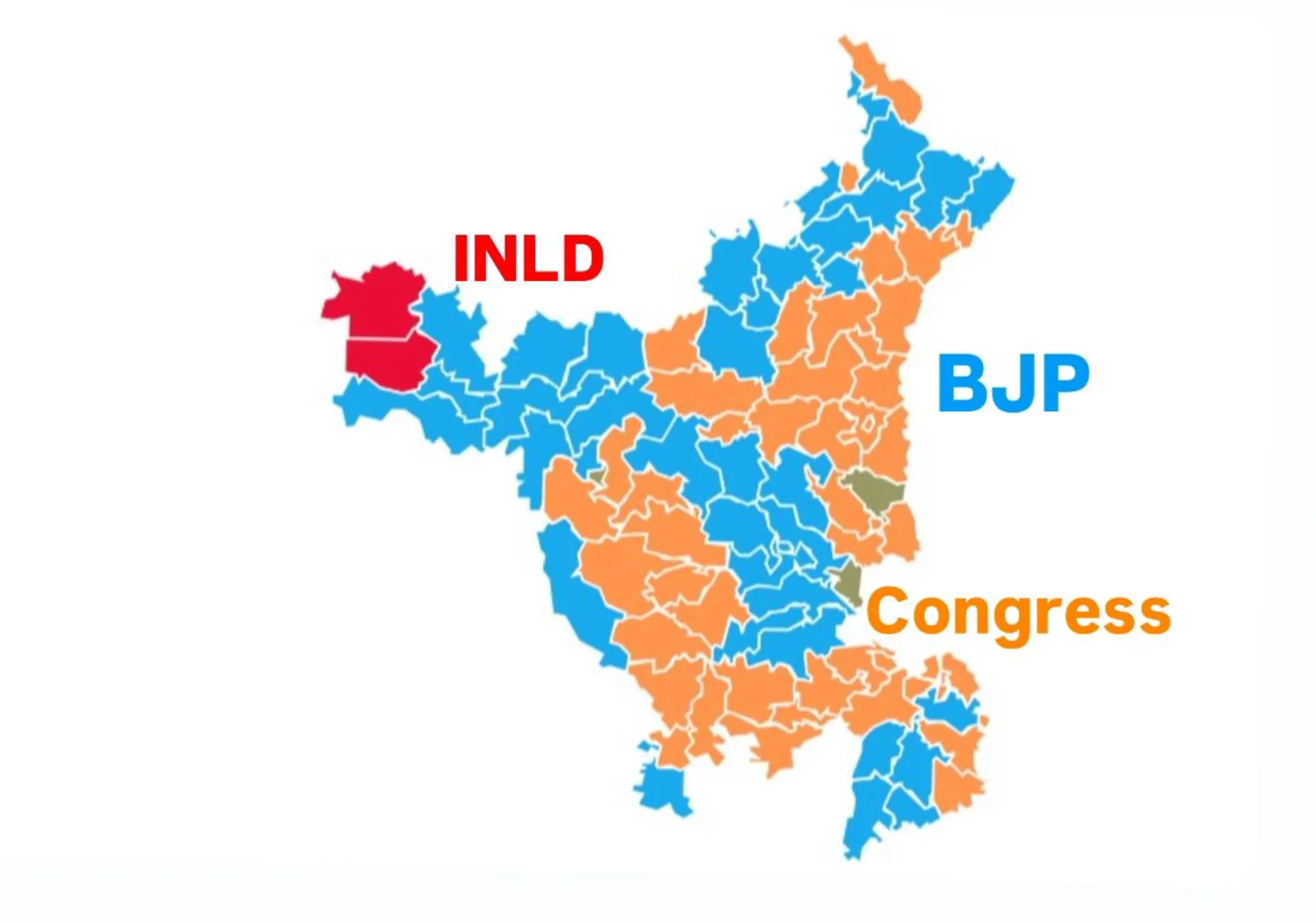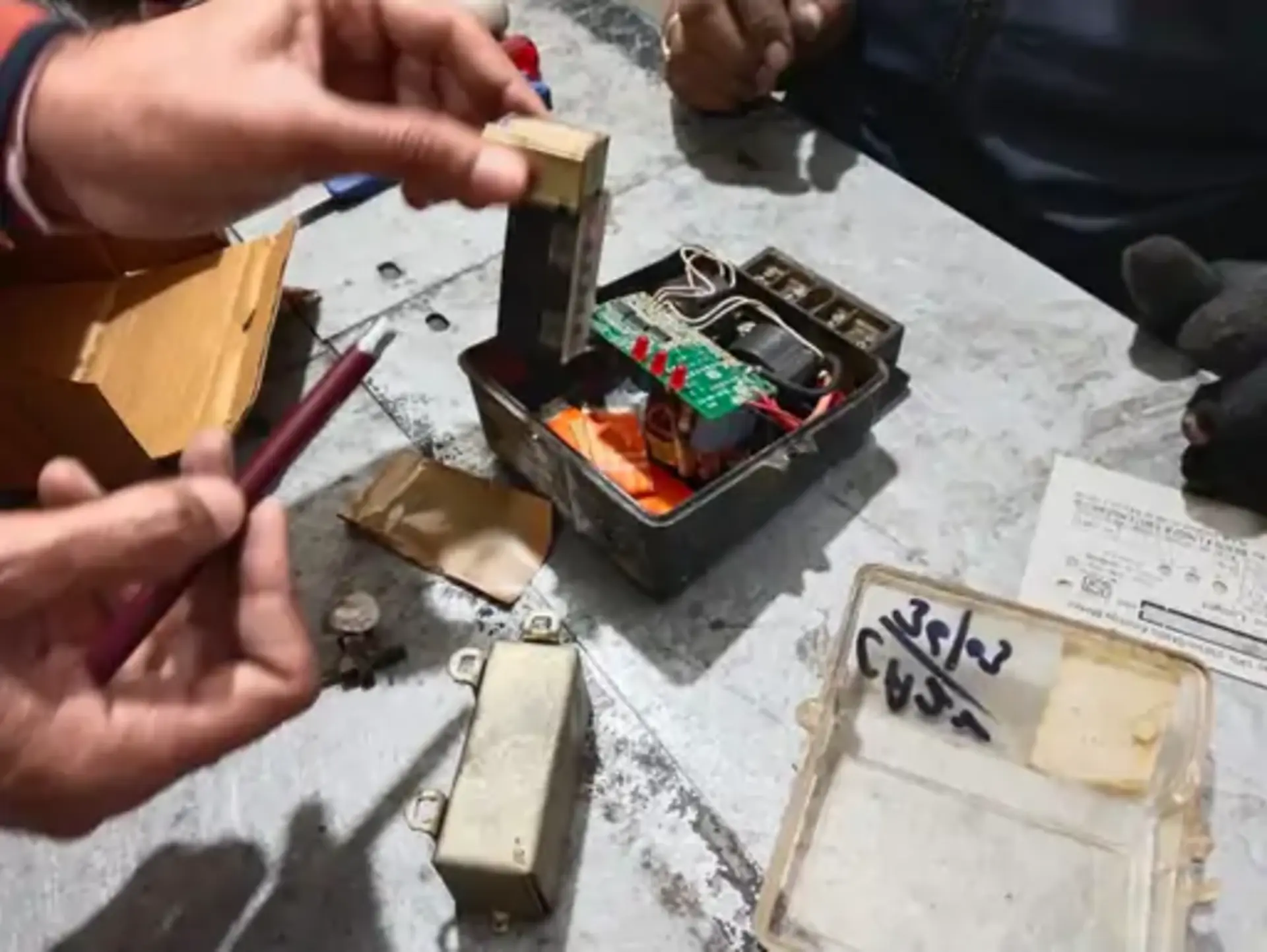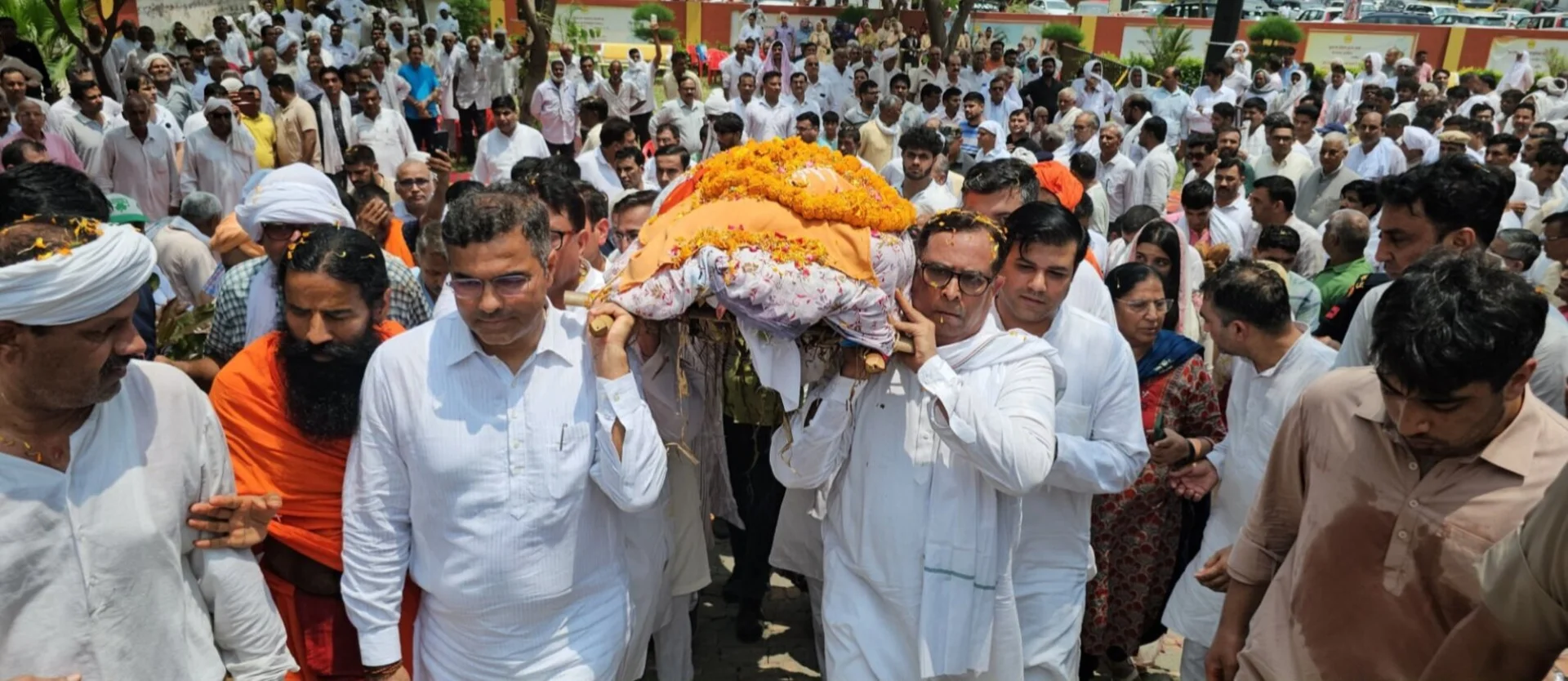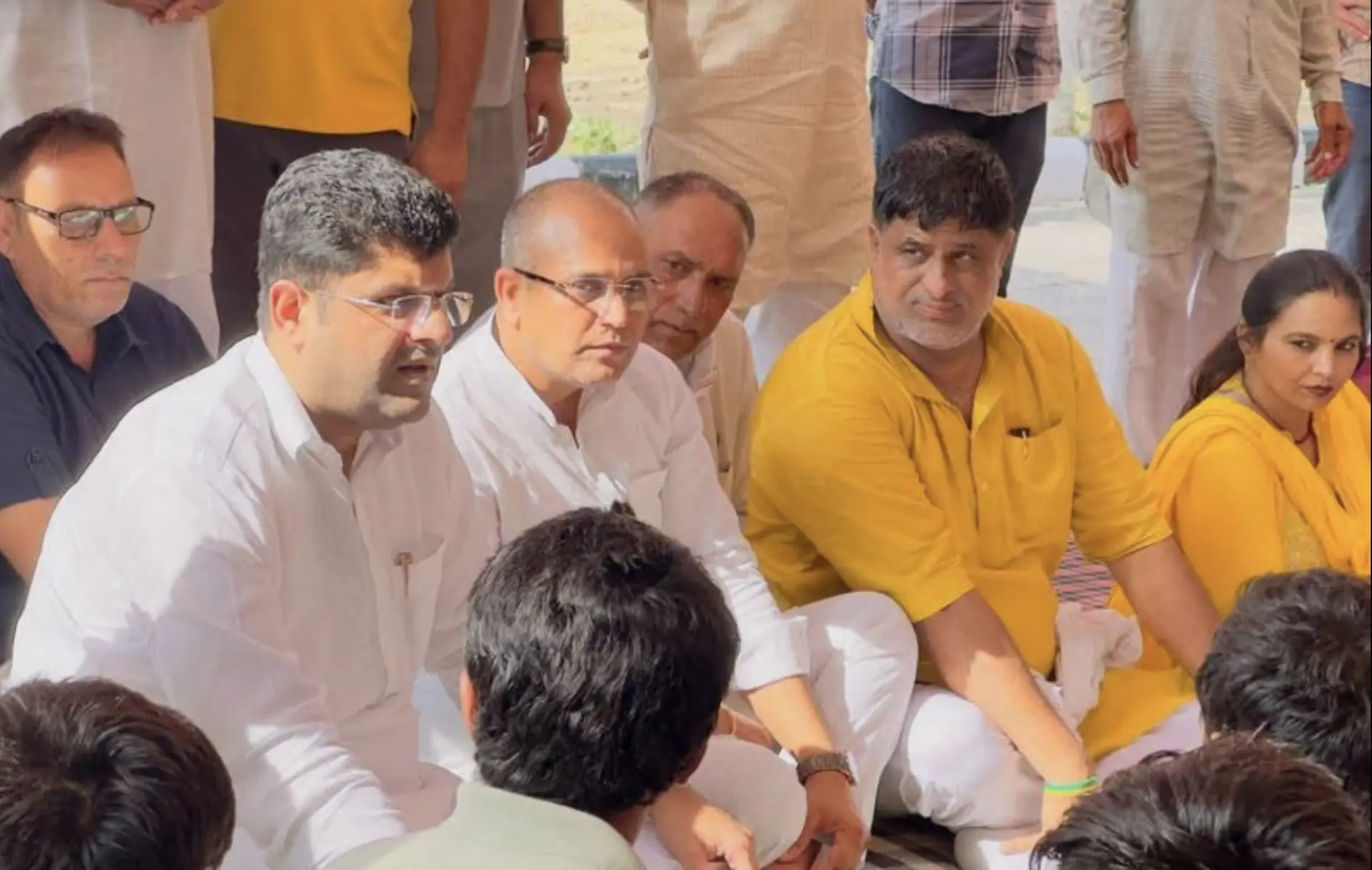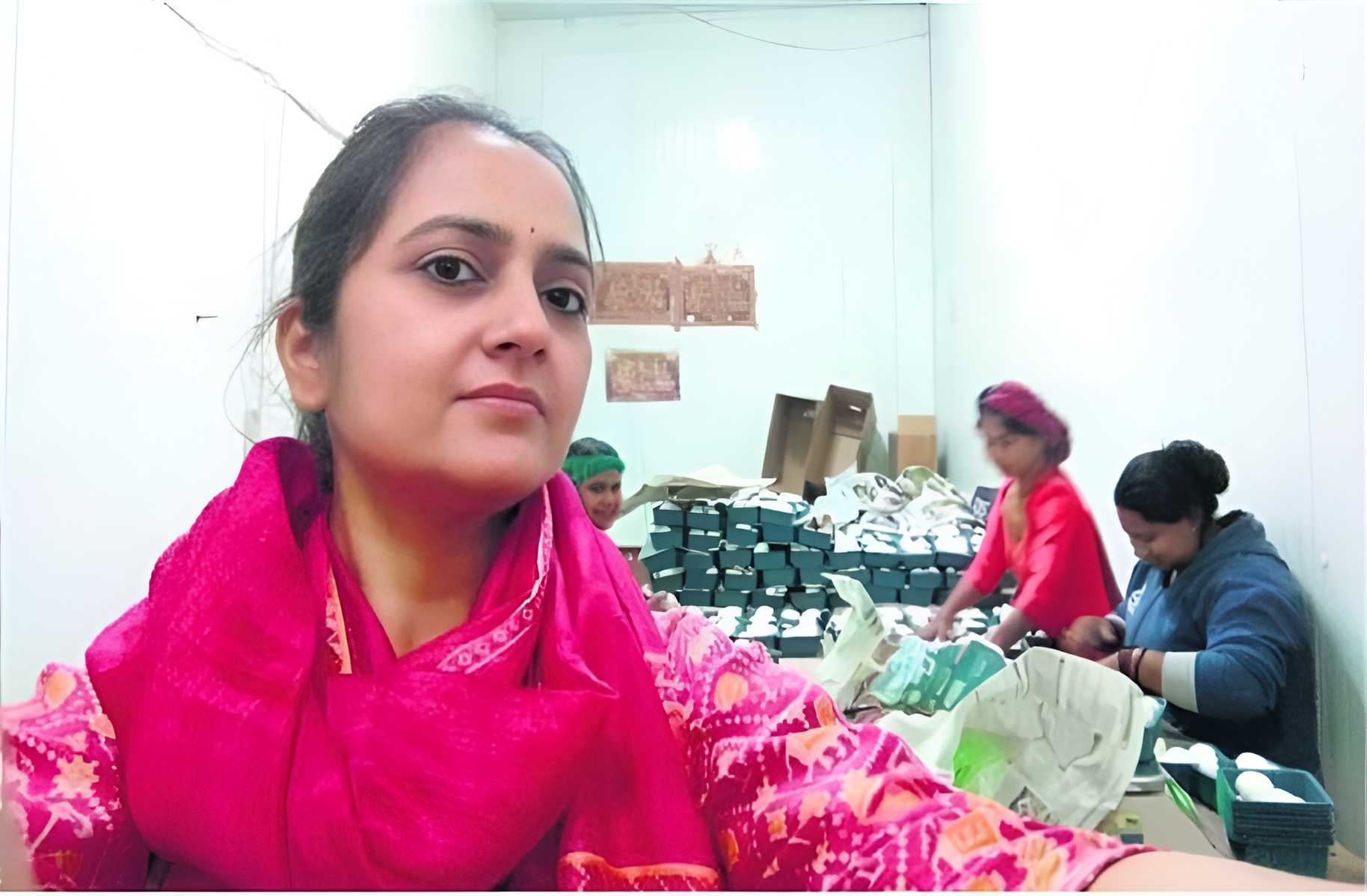
In a significant political development that has caught the attention of analysts, the Bharatiya Janata Party (BJP) has drawn a complete blank in five crucial districts of Haryana, despite winning an overall majority in the state assembly elections.
Regional Factors and Anti-Incumbency
The five districts where BJP failed to secure any victories include:
- Nuh (Mewat region)
- Sirsa
- Fatehabad
- Rohtak
- Jhajjar
These districts, comprising 19 assembly seats, fall within the strategically important Bagad, Deswal, and Nuh belts. The Congress party particularly strengthened its position in the Jat-dominated Bagad belt, gaining an additional six seats compared to the previous election.
Impact of Social and Political Movements
Several key factors contributed to BJP's poor performance in these districts:
- Strong farmer protest influence in Sirsa and Fatehabad
- Drug abuse concerns and inadequate government response
- Hooda family's continuing influence in Rohtak-Jhajjar region
- Muslim voters' disapproval in Nuh following communal tensions
- Local leadership issues and candidate selection problems
Bagad Belt's Political Significance
The Bagad belt, historically significant for producing four chief ministers including Tau Devi Lal, continues to play a crucial role in Haryana politics. Current political dynamics show:
- Strong presence of three political families: Chautala, Bansi Lal, and Bhajan Lal
- Mix of Bagri and Punjabi linguistic influences
- Coverage of 21 assembly constituencies across multiple districts
- Traditional stronghold of regional political powers
The electoral results show a striking contrast: while BJP secured an overall majority with 48 seats, it couldn't penetrate these five districts. In the Bagad belt specifically, the current distribution stands at:
- Congress: 10 seats
- BJP: 8 seats
- INLD: 2 seats
- Independents: 1 seat
This marks a significant shift from 2019, especially for Congress, which has strengthened its position in these traditional battlegrounds.



